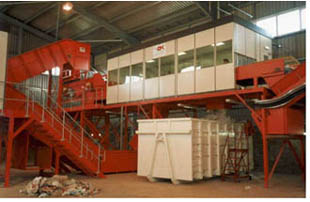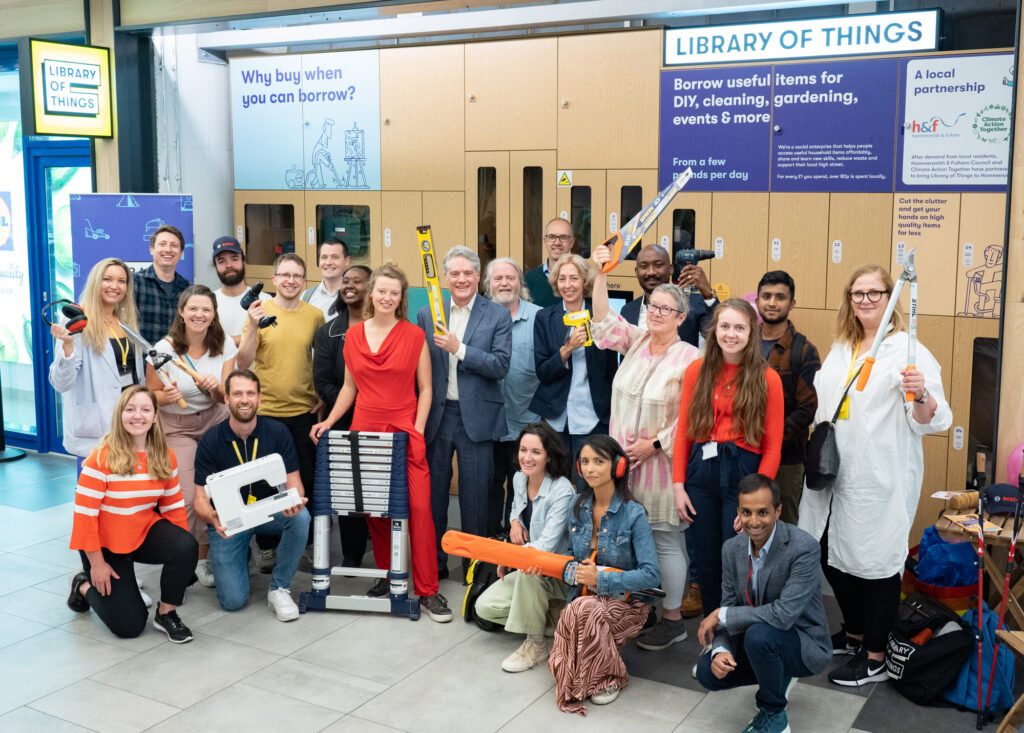It contains much useful data although it rather shies away from giving specific cost information which could well have been useful. However, the reason for this is given by York City Council’s recycling officer Jonathan Eyre as down to the fact that the IWM working group, which he chaired, would not be able carry out such “benchmarking”.
What the committee has done is to give useful information for design and operation of a MRF and much of it in a thought-provoking way.
A MRF is defined in the study as “a central operation where source-segregated, dry, recyclable materials are sorted, mechanically or manually to market specifications for processing into secondary materials.”
It seems that the IWM prefers the term materials recovery facilities, which is also used by the government. However, both parties also include the term materials recycling facility in, respectively, their report and waste strategy.
The distinction is made between a MRF, sorting “positively managed waste streams” and “mixed solid waste sorting facilities”. The study says this is important citing other studies which have noted “significant airborne health and safety risks to operatives working in the mixed solid sector”.
And, the IWM study appears to dismiss any notion of such mixed 
A substantial MRF can be equipped for just 250,000 says the report, which gives it the edge on an energy from waste plant which could cost 50-80 million.
Uncertain markets
But the study clearly recognises that the uncertainty of the recyclate market is also a fundamental economic problem for all mechanical recycling routes. This is one reason, it suggests, that the largest providers of kerbside collection in the UK currently – for abot 3 million households – are community based not-for-profit companies that have pursued the low capital cost route of kerbside sorting.
A vital part of a successful MRF relates to the collection of materials. The study says: “Experience in the UK indicates the essential requirement is to manage the design of the collection programme in line with the design of the MRF, and to ensure these systems work together to increase efficiency.
“This is doubly important in the development of integrated waste strategies that rely on the use of MRFs as part of the overall management of waste arisings. The efficiency of a MRF should complement the efficiency of the collection system.”
Continued on page 2








Subscribe for free